SUBSCRIBE TO GET OUR NEWS AND TOURS
Inspiration and the spirit of adventure in your mailbox
This website uses cookies to ensure you get the best experience. Lyuba Tours Privacy Policy
OK
Lyuba Tours 2007 Privacy Policy
Lyuba Tours 2007 is a company registered with accordance of the Bulgarian Commercial Law, with UIC 175198488, and a licensed tour operator. This privacy policy will explain how our organization uses the personal data we collect from you when you use our website.
What data do we collect?
Lyuba Tours 2007 collects the following data:
You directly provide Lyuba Tours 2007 with most of the data we collect. We collect data and process data when you:
Lyuba Tours 2007 collects your data so that we can:
When Lyuba Tours 2007 processes your order, it may send your data to, and also use the resulting information from, credit reference agencies to prevent fraudulent purchases.
How do we store your data?
Lyuba Tours 2007 securely stores your data.
Lyuba Tours 2007 will keep your personal data for five years. Once this time period has expired, we will delete your data.
Marketing
Lyuab Tours 2007 would like to send you information about products and services of ours that we think you might like.
If you have agreed to receive marketing, you may always opt out at a later date.
You have the right at any time to stop Lyuba Tours 2007 from contacting you for marketing purposes.
If you no longer wish to be contacted for marketing purposes, please click here.
What are your data protection rights?
Lyuba Tours 2007 would like to make sure you are fully aware of all of your data protection rights. Every user is entitled to the following:
The right to access – You have the right to request Lyuba Tours 2007 for copies of your personal data. We may charge you a small fee for this service.
The right to rectification – You have the right to request that Lyuba Tours 2007 correct any information you believe is inaccurate. You also have the right to request Lyuba Tours 2007 to complete the information you believe is incomplete.
The right to erasure – You have the right to request that Lyuba Tours erase your personal data, under certain conditions.
The right to restrict processing – You have the right to request that Lyuba Tours 2007 restrict the processing
of your personal data, under certain conditions.
The right to object to processing – You have the right to object to Lyuba Tours 2007's processing of your personal data, under certain conditions.
The right to data portability – You have the right to request that Lyuba Tours 2007 transfer the data that we have collected to another organization, or directly to you, under certain conditions.
If you make a request, we have one month to respond to you. If you would like to exercise any of these rights, please contact us at our email:
Call us at: +35929633343
Or write to us: office@lyuba.tours
Cookies
Cookies are text files placed on your computer to collect standard Internet log information and visitor behavior information. When you visit our websites, we may collect information from you automatically through cookies or similar technology.
For further information, visit allaboutcookies.org.
How do we use cookies?
Lyuba Tours 2007 uses cookies in a range of ways to improve your experience on our website, including:
There are a number of different types of cookies, however, our website uses:
You can set your browser not to accept cookies, and the above website tells you how to remove cookies from your browser. However, in a few cases, some of our website features may not function as a result.
Privacy policies of other websites
The Lyuba Tours 2007 website may contain links to other websites. Our privacy policy applies only to our website, so if you click on a link to another website, you should read their privacy policy.
Changes to our privacy policy
Lyuba Tours 2007 keeps its privacy policy under regular review and places any updates on this web page. This privacy policy was last updated on 26 March 2019.
How to contact us
If you have any questions about Lyuba Tours 2007's privacy policy, the data we hold on you, or you would like to exercise one of your data protection rights, please do not hesitate to contact us.
Email us at: office@lyuba.tours
Or call us: +35929633343
What data do we collect?
Lyuba Tours 2007 collects the following data:
- Personal identification information (Name, email address, phone number, etc.)
You directly provide Lyuba Tours 2007 with most of the data we collect. We collect data and process data when you:
- Register online or place an order for any of our services.
- Voluntarily complete a customer survey or provide feedback on any of our message boards or via email.
- Use or view our website via your browser's cookies.
- Company's media social accounts (Instagram, facebook, etc.)
Lyuba Tours 2007 collects your data so that we can:
- Process your order and manage your account.
- Email you with special offers on other products and services we think you might like.
When Lyuba Tours 2007 processes your order, it may send your data to, and also use the resulting information from, credit reference agencies to prevent fraudulent purchases.
How do we store your data?
Lyuba Tours 2007 securely stores your data.
Lyuba Tours 2007 will keep your personal data for five years. Once this time period has expired, we will delete your data.
Marketing
Lyuab Tours 2007 would like to send you information about products and services of ours that we think you might like.
If you have agreed to receive marketing, you may always opt out at a later date.
You have the right at any time to stop Lyuba Tours 2007 from contacting you for marketing purposes.
If you no longer wish to be contacted for marketing purposes, please click here.
What are your data protection rights?
Lyuba Tours 2007 would like to make sure you are fully aware of all of your data protection rights. Every user is entitled to the following:
The right to access – You have the right to request Lyuba Tours 2007 for copies of your personal data. We may charge you a small fee for this service.
The right to rectification – You have the right to request that Lyuba Tours 2007 correct any information you believe is inaccurate. You also have the right to request Lyuba Tours 2007 to complete the information you believe is incomplete.
The right to erasure – You have the right to request that Lyuba Tours erase your personal data, under certain conditions.
The right to restrict processing – You have the right to request that Lyuba Tours 2007 restrict the processing
of your personal data, under certain conditions.
The right to object to processing – You have the right to object to Lyuba Tours 2007's processing of your personal data, under certain conditions.
The right to data portability – You have the right to request that Lyuba Tours 2007 transfer the data that we have collected to another organization, or directly to you, under certain conditions.
If you make a request, we have one month to respond to you. If you would like to exercise any of these rights, please contact us at our email:
Call us at: +35929633343
Or write to us: office@lyuba.tours
Cookies
Cookies are text files placed on your computer to collect standard Internet log information and visitor behavior information. When you visit our websites, we may collect information from you automatically through cookies or similar technology.
For further information, visit allaboutcookies.org.
How do we use cookies?
Lyuba Tours 2007 uses cookies in a range of ways to improve your experience on our website, including:
- Keeping you signed in
- Understanding how you use our website
There are a number of different types of cookies, however, our website uses:
- Functionality – Lyuba Tours 2007 uses these cookies so that we recognize you on our website and remember your previously selected preferences. These could include what language you prefer and location you are in. A mix of first-party and third-party cookies are used.
- Advertising – Lyuba Tours 2007 uses these cookies to collect information about your visit to our website, the content you viewed, the links you followed and information about your browser, device, and your IP address. Lyuba Tours 2007 sometimes shares some limited aspects of this data with third parties for advertising purposes. We may also share online data collected through cookies with our advertising partners. This means that when you visit another website, you may be shown advertising based on your browsing patterns on our website.
You can set your browser not to accept cookies, and the above website tells you how to remove cookies from your browser. However, in a few cases, some of our website features may not function as a result.
Privacy policies of other websites
The Lyuba Tours 2007 website may contain links to other websites. Our privacy policy applies only to our website, so if you click on a link to another website, you should read their privacy policy.
Changes to our privacy policy
Lyuba Tours 2007 keeps its privacy policy under regular review and places any updates on this web page. This privacy policy was last updated on 26 March 2019.
How to contact us
If you have any questions about Lyuba Tours 2007's privacy policy, the data we hold on you, or you would like to exercise one of your data protection rights, please do not hesitate to contact us.
Email us at: office@lyuba.tours
Or call us: +35929633343
PHOTO DIARY
Altai Krai of Russia -
YURI AND DINARA, November, 2019
The Altai Mountains. They are not as famous as the Alps, the Himalayas, or the Rocky Mountains. They are not as immense, and bleak, as the Pamir or even the Hindu Kush. But there is something mystical and unique about Altai. They were (and still are) the abode of numerous nomadic Turkic tribes. Ancient Shamanism, Buddhism, Islam and Christianity coexisted and clashed here.
The Altai are today part of four countries: to the south, China; to the north, Russia; to the west, Kazakhstan; and to the east, Mongolia. In these four countries, Altai is marginal, isolated, wild country. In all four you need special permits to explore the most rugged, and the most interesting parts of Altai.
The Altai are today part of four countries: to the south, China; to the north, Russia; to the west, Kazakhstan; and to the east, Mongolia. In these four countries, Altai is marginal, isolated, wild country. In all four you need special permits to explore the most rugged, and the most interesting parts of Altai.


The Russian part, to the north, is the coldest, but also what feels like the most gentle part. Forested hills, serene lakes, numerous lodges and inns to spend a holiday. Villages with old wooden houses, and only one major highway that crosses the region - the Chuysky Trakt, or Chuy Highway, which leads to Mongolia.
Things have changed in the Russian Altai over the last few years. It has really become a tourist destination. Infrastructure has improved. Still, it's frontier country. It's cold and isolated; people in villages give you the look of wonder, and the federal security people give you the look of suspicion. (To that, stick a smile and keep going.)
But we must appreciate the warmer, cleaner and cosier accommodation that exists. You no longer have to share sleeping quarters with a bunch of long-distance truck drivers going to Mongolia. Likewise with food.
Things have changed in the Russian Altai over the last few years. It has really become a tourist destination. Infrastructure has improved. Still, it's frontier country. It's cold and isolated; people in villages give you the look of wonder, and the federal security people give you the look of suspicion. (To that, stick a smile and keep going.)
But we must appreciate the warmer, cleaner and cosier accommodation that exists. You no longer have to share sleeping quarters with a bunch of long-distance truck drivers going to Mongolia. Likewise with food.



Mongolian Altai is another world altogether. High-altitude, dry, barren, over-grazed. It is here that you will find unique old customs preserved - customs that in Kazakhstan and Russia have fallen victim to socialism, and modernisation.
The border with Mongolia has improved, but it's still a slow affair, with short opening hours, and many people queueing up the night before to be first in the morning, opening times that don't take into consideration the time difference between Russia and Mongolia, much unnecessary red type on the Mongolian side, and suspicion on the Russian side. I mean… what can, potentially, a foreigner be smuggling from Russia to Mongolia? And not to mention the numerous trucks crossing. Times change. Our world has outgrown borders, but borders stubbornly refuse to concede defeat.
We find the Mongolian part of Altai so stunningly gorgeous, that we decided to include it in our Best of Mongolia and Siberia tour. Accommodation is far from a Four Seasons hotel, yet it is comfortable enough. Food is good. Main roads have improved tremendously (no more breakdowns or getting stuck in the sand). The off roading, when you have to do it, is fun, and distances are not long. The people, and their culture, are unique. This is a place we can't tell you about - we don't have words to describe it - for we can only show you.
As for the Russian Altai, we did consider it for our journey, but the border crossing is long, and at the end we thought there are more memorable parts of Siberia, like Yakutia and the north of Baikal, that we want to show you.
Our dream is to one day make a circum-Altai trip, starting in China and then going clockwise - Kazakhstan, Russia and Mongolia. There are too many borders and red tape at the moment. But it's a dream, and beware dreams, for they may come true!Book design is the art of incorporating the content, style, format, design, and sequence of the various components of a book into a coherent whole. In the words of Jan Tschichold, "methods and rules upon which it is impossible to improve, have been developed over centuries. To produce perfect books, these rules have to be brought back to life and applied."
Front matter, or preliminaries, is the first section of a book, and is usually the smallest section in terms of the number of pages. Each page is counted, but no folio or page number is expressed, or printed, on either display pages or blank pages.
The border with Mongolia has improved, but it's still a slow affair, with short opening hours, and many people queueing up the night before to be first in the morning, opening times that don't take into consideration the time difference between Russia and Mongolia, much unnecessary red type on the Mongolian side, and suspicion on the Russian side. I mean… what can, potentially, a foreigner be smuggling from Russia to Mongolia? And not to mention the numerous trucks crossing. Times change. Our world has outgrown borders, but borders stubbornly refuse to concede defeat.
We find the Mongolian part of Altai so stunningly gorgeous, that we decided to include it in our Best of Mongolia and Siberia tour. Accommodation is far from a Four Seasons hotel, yet it is comfortable enough. Food is good. Main roads have improved tremendously (no more breakdowns or getting stuck in the sand). The off roading, when you have to do it, is fun, and distances are not long. The people, and their culture, are unique. This is a place we can't tell you about - we don't have words to describe it - for we can only show you.
As for the Russian Altai, we did consider it for our journey, but the border crossing is long, and at the end we thought there are more memorable parts of Siberia, like Yakutia and the north of Baikal, that we want to show you.
Our dream is to one day make a circum-Altai trip, starting in China and then going clockwise - Kazakhstan, Russia and Mongolia. There are too many borders and red tape at the moment. But it's a dream, and beware dreams, for they may come true!Book design is the art of incorporating the content, style, format, design, and sequence of the various components of a book into a coherent whole. In the words of Jan Tschichold, "methods and rules upon which it is impossible to improve, have been developed over centuries. To produce perfect books, these rules have to be brought back to life and applied."
Front matter, or preliminaries, is the first section of a book, and is usually the smallest section in terms of the number of pages. Each page is counted, but no folio or page number is expressed, or printed, on either display pages or blank pages.
GET MORE INSPIRATION TO EXPLORE THE WORLD
